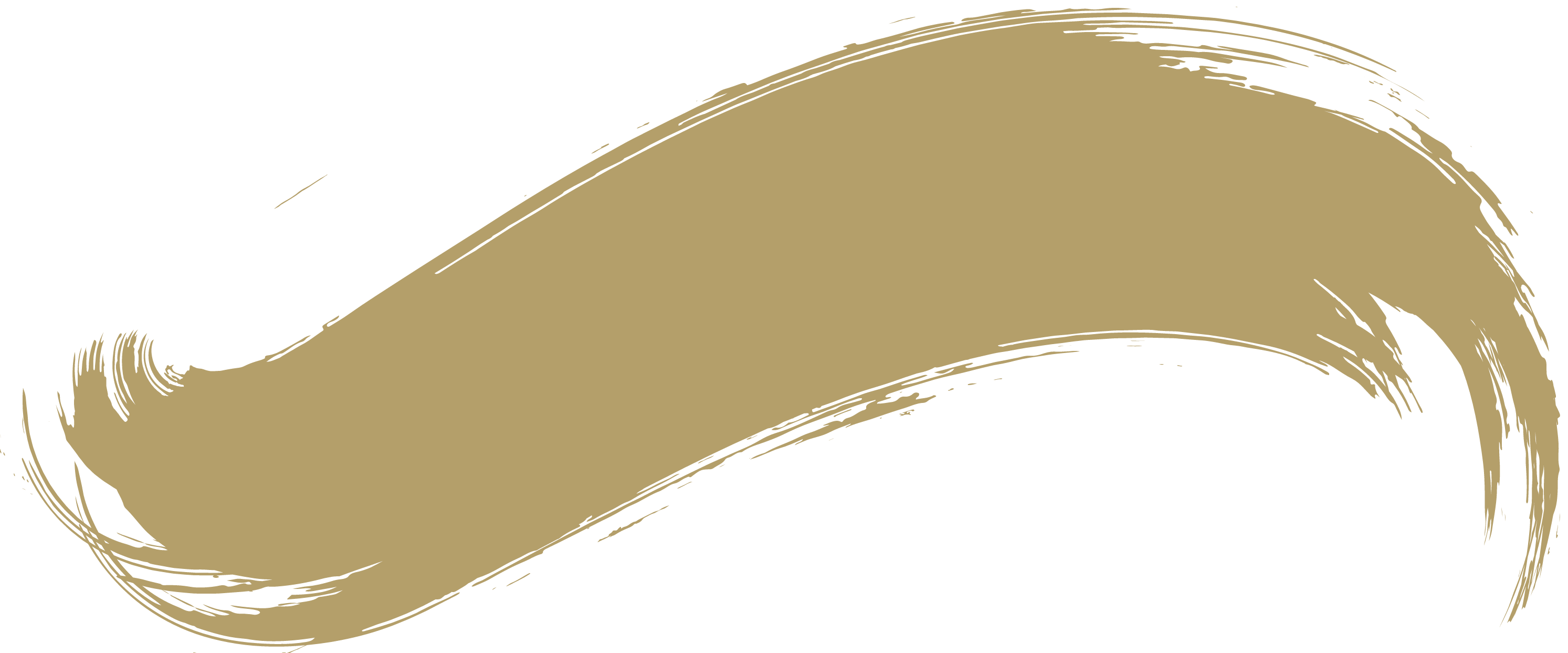18/04/20
The Adopt a Monument programme brings conservation to the heart of the community
The Adopt a Monument grant scheme, supported through the Creative Ireland programme since 2019, and delivered by the Heritage Council has enabled local communities to work together in conserving and protecting their adopted monuments with a total of €80,000 allocated by the Heritage Council through the Creative Ireland Programme.






